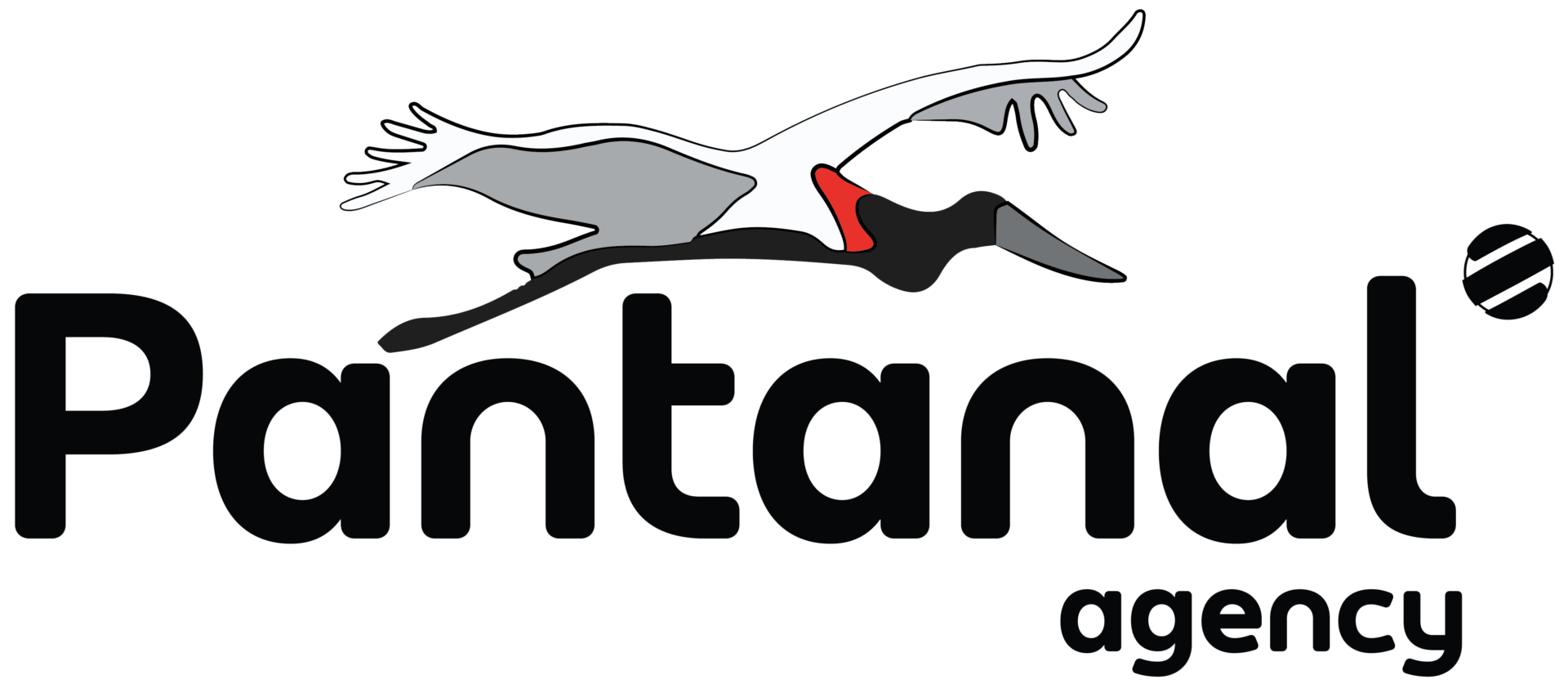STAFF RESCUE AND RETURN AN ANACONDA TO THE PARAGUAY RIVER
A yellow anaconda, about 3 meters long, was startled when it tried to board the boat that takes staff to the Jatobazinho School. The institution, maintained by the Acaia Institute, serves the children of riverside families and is located 100 km from Corumbá, on the banks of the Paraguay River, in the southern Pantanal region of Mato Grosso do Sul.
Upon spotting the snake, the staff—one of whom is a local riverside resident—used their experience to safely remove the animal without causing any harm to the anaconda.
The rescue was recorded by the school’s pedagogical coordinator, Carolina Pio Fraccaro.
She said that it is common to encounter anacondas in the region, but this was the largest she had ever seen.
"It is very common for us to find anacondas here. We even see them passing through the school. There are several other videos. This was the largest one I’ve filmed, but there are others, also around this size, that sometimes roam around the school. And usually, they don’t do anything unless they are hungry. Normally, they are just passing by," she said.
In addition to snakes, other animals also tend to roam around the boats and stay on the floating vegetation, known as “camalotes,” which primarily form during the flood season.
Among these visitors are giant otters, caimans, other types of snakes, and crabs.
Carolina said that the school management always tries to clear out these water hyacinths to prevent animals from staying around.
In addition to the staff’s boat, there is also a boat that transports the students to their classes.
The rural school of Jatobazinho serves 55 children from riverside families, who study from early childhood education to the 5th grade. The school operates as a semi-boarding institution, where students not only study but also live, from monday to saturday, in a house next to the main building.
The school is part of Acaia Pantanal, created in 2008 as an extension of the Acaia Institute. Its mission is to contribute to the human and social development of the region through educational activities integrated with the conservation of the biome.

